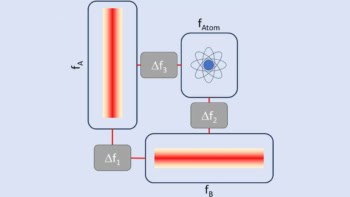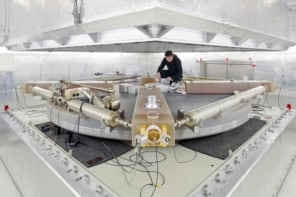Six major projects have been selected by the US astronomy community as top priorities for the next decade. The Next Generation Space Telescope, the successor to the Hubble Space Telescope, has been identified as the highest priority by a panel chaired by Joseph Taylor of Princeton University and Christopher McKee of the University of California at Berkeley. The panel's report is the latest in a series of "decade reviews" of astronomy and astrophysics in the US.
The other priorities established by the panel are the ground-based 30-metre Giant Segmented Mirror Telescope, the space-based Constellation-X Observatory, expansion of the Very Large Array radio telescope in New Mexico, a ground-based 6.5 metre survey telescope, and the Terrestrial Planet Finder. The panel describe this last mission as “the most ambitious space mission ever attempted by NASA.”
Other priorities include completion of existing telescopes and missions, a large telescope to detect gamma-rays, an instrument to measure gravitational waves, and a powerful telescope to study the Sun. Among the smaller projects given priority is a “virtual observatory” that would make large sets of astronomical data available to scientists and the public over the Internet.



